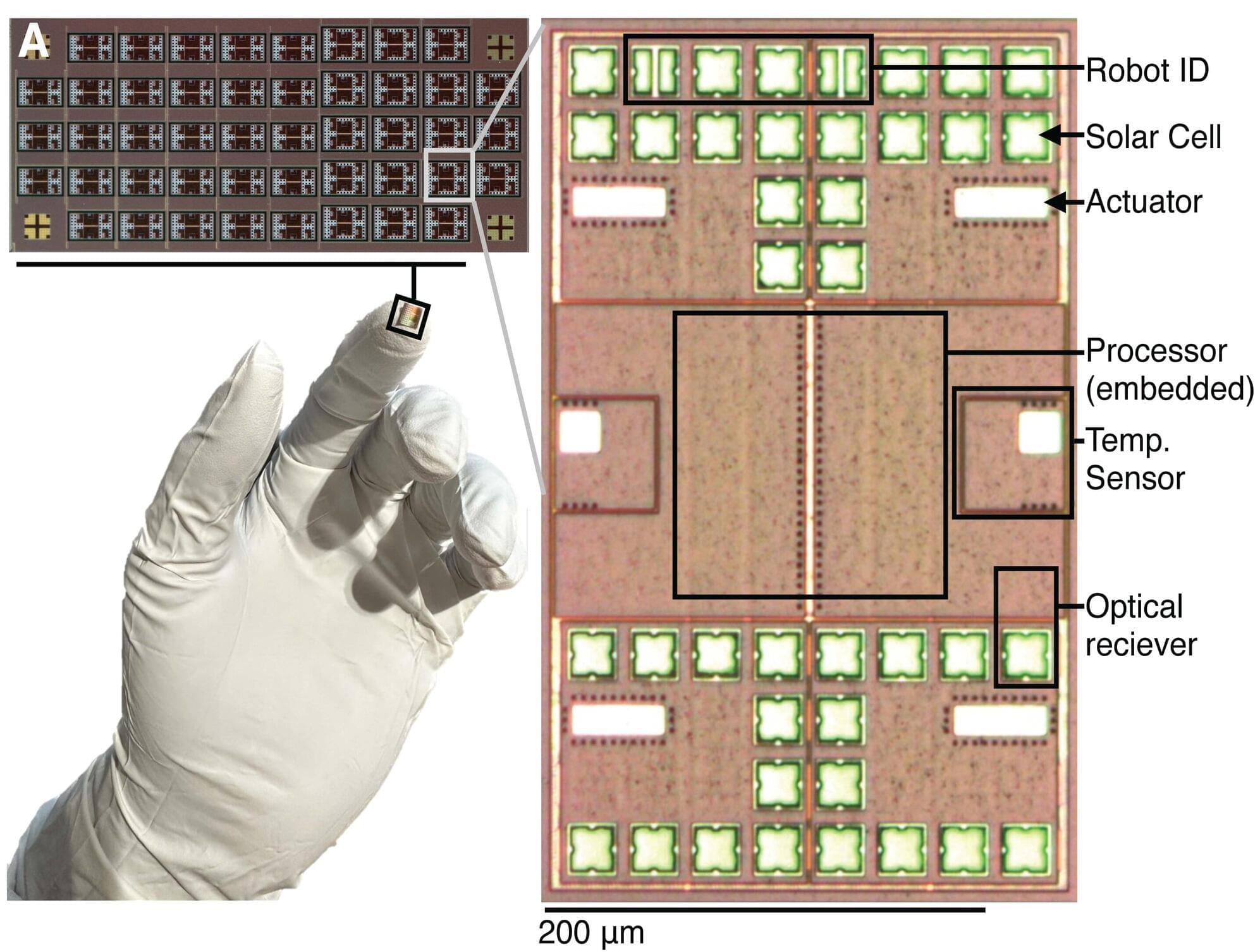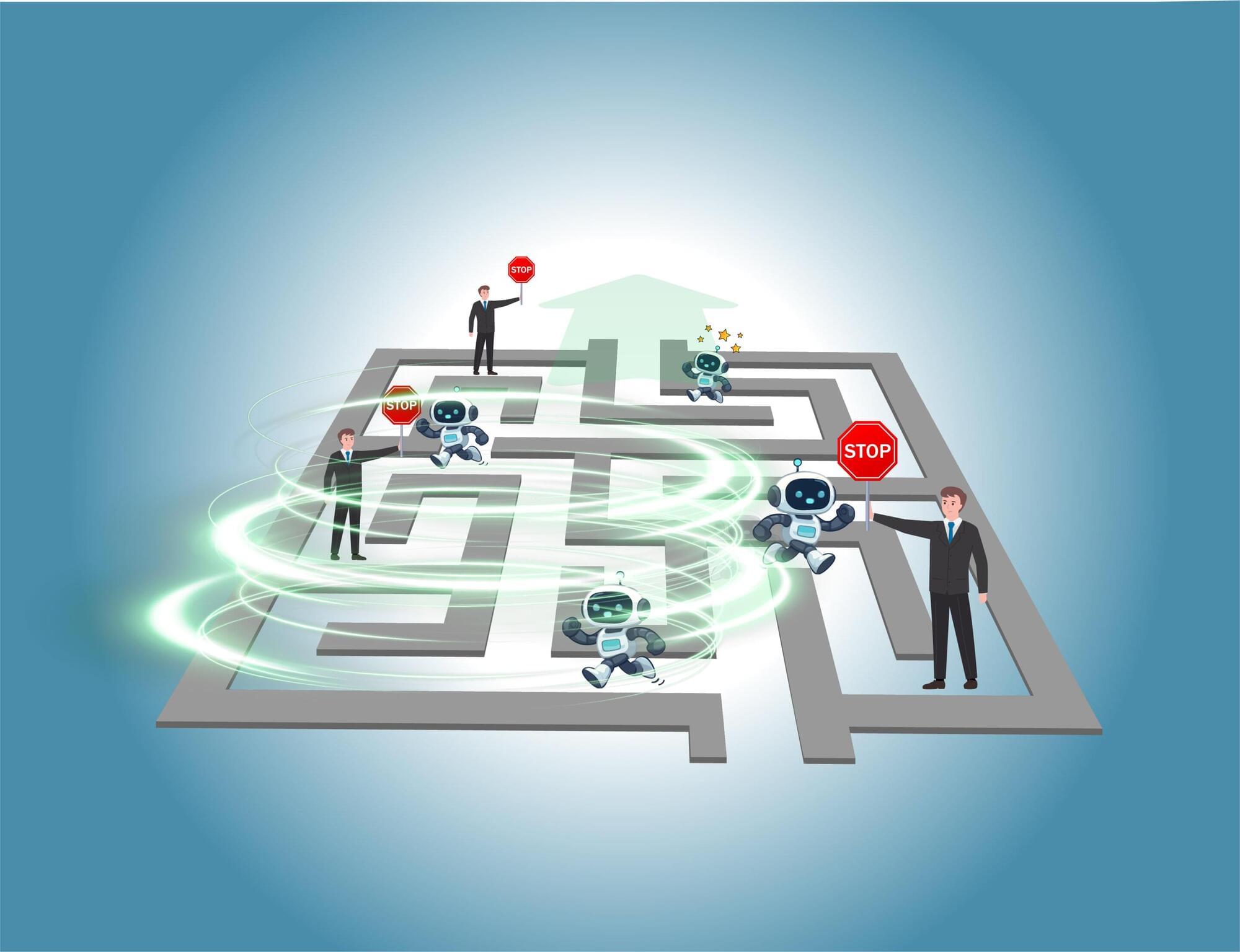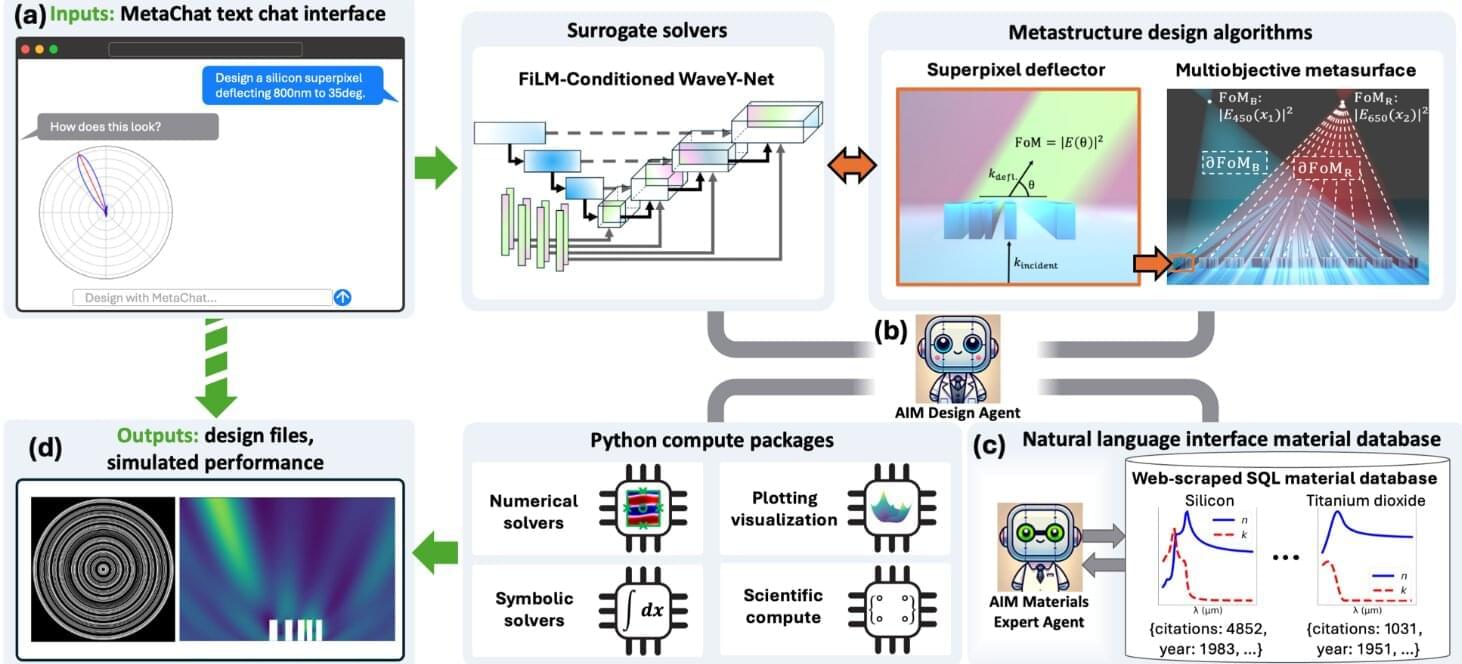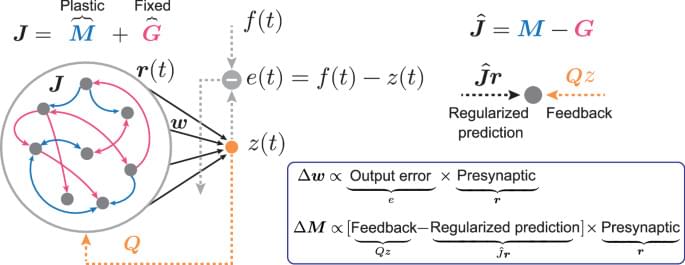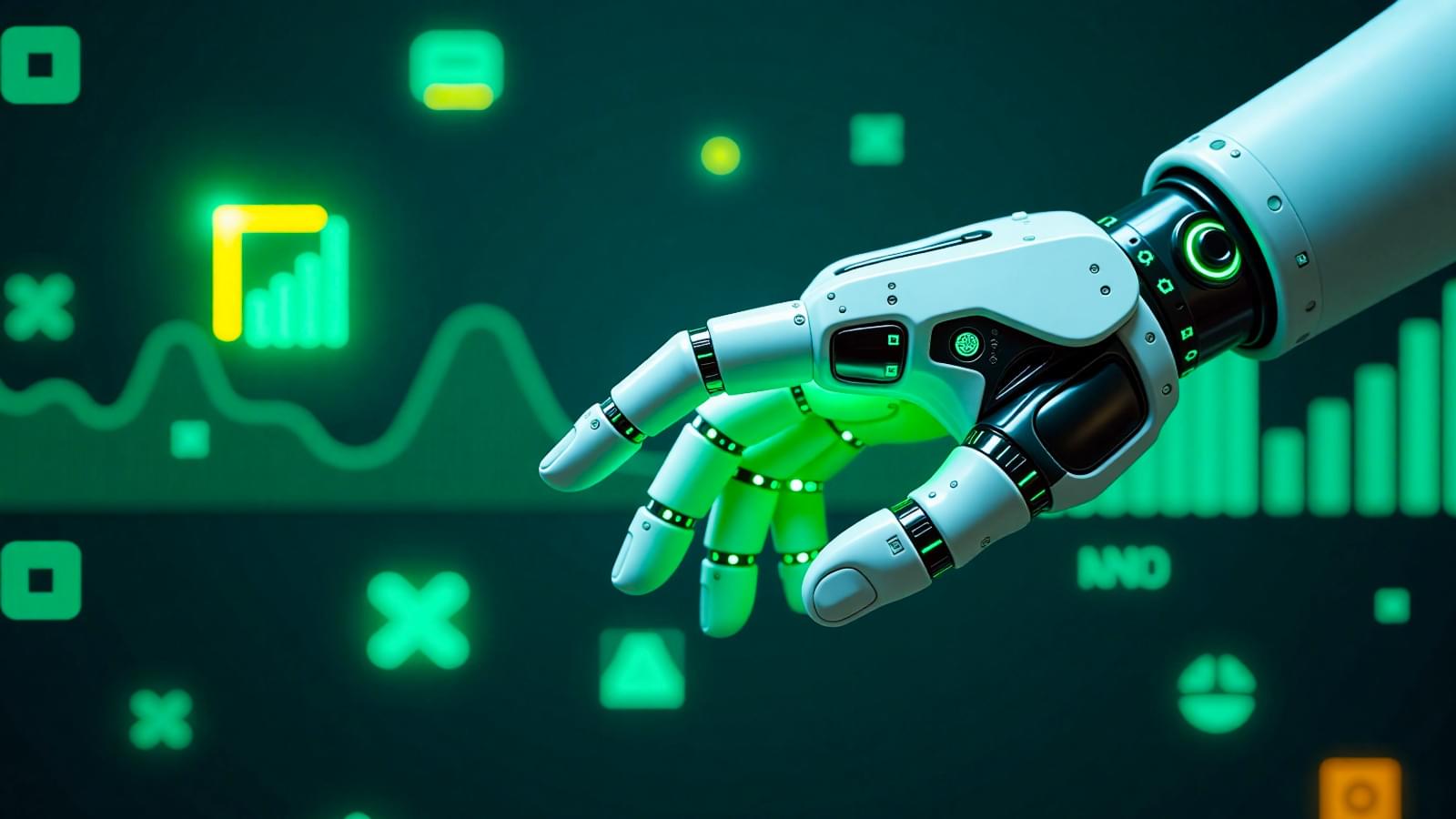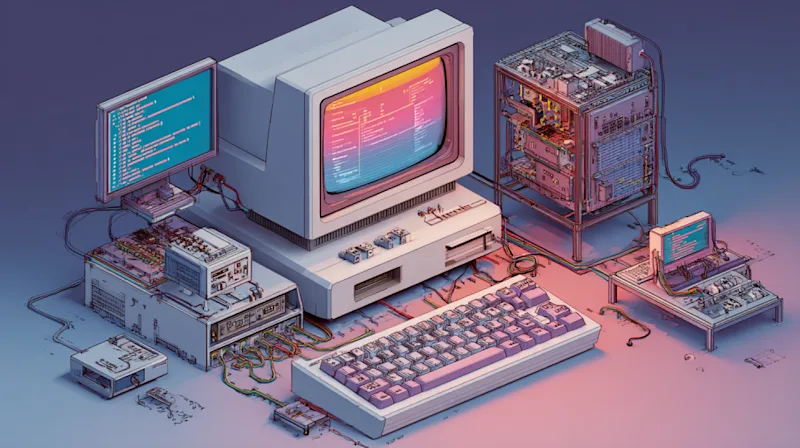Robots small enough to travel autonomously through the human body to repair damaged sites may seem the stuff of science fiction dreams. But this vision of surgery on a microscale is a step closer to reality, with news that researchers from the University of Pennsylvania and the University of Michigan have built a robot smaller than a millimeter that has an onboard computer and sensors.
Scientists have been trying for decades to develop microscopic robots, not only for medical applications but also for environmental monitoring and manufacturing. However, they have faced formidable challenges. Existing microbots typically require large, external control systems, such as powerful magnets and lasers, and cannot make autonomous decisions in unfamiliar environments.
